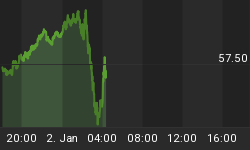Great chart from PFC Energy. Presented at an Institute of Energy Economics, Japan seminar last month.
The piece shows the "red zones" in global unconventional gas (shale, tight gas, coal bed methane). Comparing the unconventional sector in North America to six unnamed Asian nations (lettered A to F, so as not to hurt any feelings), across ten categories related to the gas business in each country. Green is good, yellow okay, red poor.

The sticking points are clear.
Service sector capacity is a big issue. Few countries outside North America can provide the quality services needed for unconventional completions.
And price is an even bigger factor. Most of the studied nations rank poorly in terms of competition. And competition is key for pricing. In America, it was relentless battling between service suppliers that drove down service prices to the point where tinkering with unconventional gas made economic sense for producers.
Note that governments are trying. Most nations rank well for government cooperation and incentives for unconventionals.
But the private sector needs to be involved if services costs are going to be optimized in order to make unconventionals work in new locales.
This is going to be the biggest factor in determining where unconventional gas soars and where it floors.
Source: http://oilprice.com/Energy/Natural-Gas/The-Unconventional-Gas-Red-Zone.html
By Dave Forest for OilPrice.com who focus on finance and commodity news and who specialize in oil price forecasting. You can also find the latest oil prices and a free geopolitical newsletter. Visit http://www.oilprice.com















